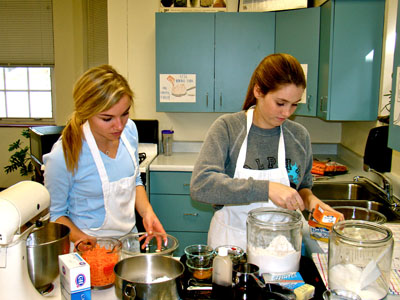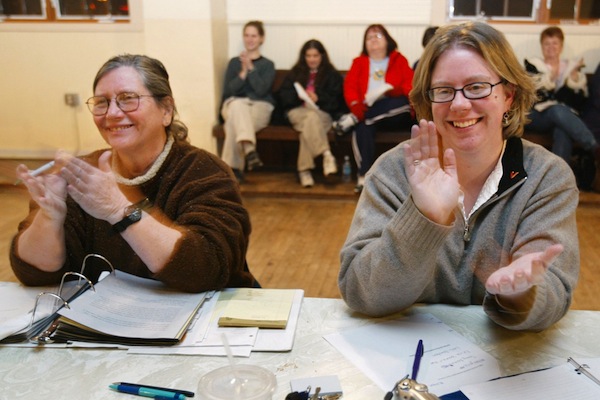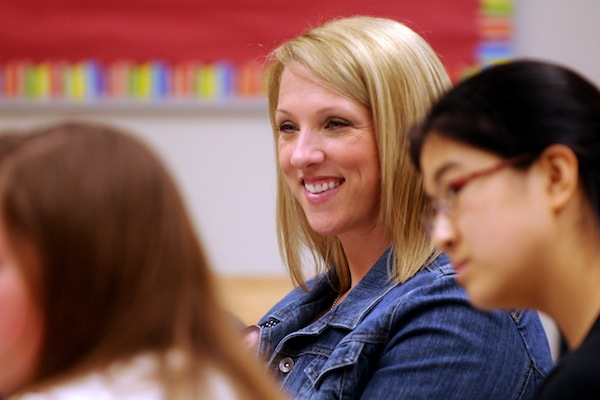Every day, hundreds of Ladue students eat lunch in the school cafeteria. While there is a variety of food offered, some students are concerned about the freshness of the food available. Because of this, junior Courtney Emert recently decided to start the Fresh Food Movement Club.
“The Fresh Food Movement is about educating the school as a whole on making healthy decisions and spreading awareness on what we are eating,” Emert said. “It is an effort to change the way that people view healthy food and make it more appealing and accessible to them.”
Although the club is small and new, it has already developed a clear vision for change. The club has a variety of issues that it would eventually like to address.
“Our goals as a club are to enhance the healthy choices on the lunch menu, work with struggling food banks around the community, learn more about organic products and how we could possibly bring them into our school, and have fun experimenting with new recipes,” Emert said.
The students brought their concerns to Family and Consumer Sciences teacher Jill Svejkosky. However, Svejkosky perceived a different problem.
“I had them sit down with Sue Blumm, the director of food services, to talk about the options that are already available at school,” Svejkosky said. “I think a lot of it is an issue of informing people about the healthy options that already exist in the cafeteria; it’s not about radically changing what’s offered, even if we do make a few suggestions.”
Before making any suggestions, the club decided to try to determine the demand for more fresh food at school. They began with a survey about hummus, offering students a taste during lunch and then asking whether they would buy the product.
“We collected data that showed a huge desire for healthy choices, such as hummus, to be featured in the daily lunch menu. This was an exciting survey result because it confirmed my hopes for this club’s success,” Emert said. “The Fresh Food Movement acts as a voice for students wanting a healthier option and we appreciated the suggestions and feedback given.”
When the club communicated its results to Blumm, they found potential for collaboration and success.
“In the hummus recipe, we made sure to use ingredients that the school cafeteria can easily use. We also sent over the exact recipe that we used, and I think the cafeteria may actually start serving hummus eventually,” Svejkosky said. “So, even in a short amount of time, we’ve already accomplished a lot.” #











